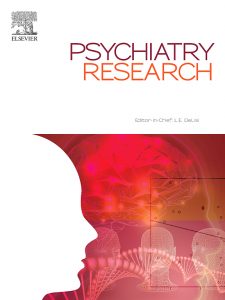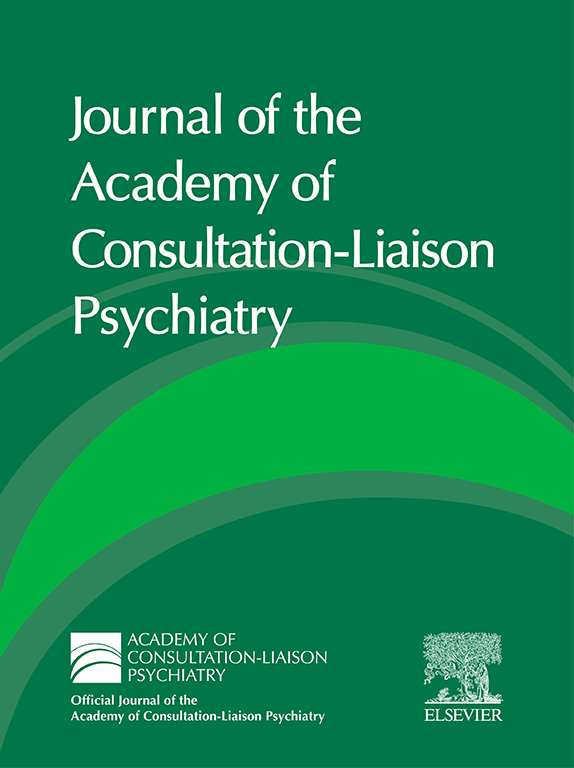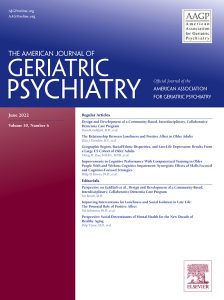Research: Trauma-affected Refugees and their Non-exposed Children: A Review of Risk and Protective Factors for Trauma Transmission
Author: Laura Kelstrup, et al.
Abstract: According to the United Nations High Commissioner for Refugees, there are more than 79.5 million displaced people worldwide, of which 26 million are refugees, say the authors. [Latest estimates, including Ukraine displacements, put the displaced people total at 100 million.] In addition, many former refugees have resettled in new countries.
The rates of posttraumatic stress disorder (PTSD) and other mental illnesses among refugee populations are high and persistent. A recent meta-analysis found that one in three adult refugees resettled in Western countries has diagnosable PTSD and/or depression, while self-reported rates are even higher.
While early research on mental health among refugees primarily focused on the effects of exposure to war-related trauma, in recent years focus has shifted to include stressors associated with resettlement. At the same time, evidence is emerging of adverse psychological and biological outcomes in children of trauma-affected parents.
The concept of intergenerational trauma transmission developed primarily in Holocaust studies and refers to the way trauma exposure affects subsequent generations. Studies of the adult offspring of Holocaust survivors identified an association between parental PTSD and offspring PTSD. Sequelae include depression, behavioral problems, biological alterations, and even elevated posttraumatic stress symptoms.
Among war veterans, the severity of combat exposure and severity of PTSD symptoms, especially the emotional detachment component, has been associated with greater child distress.
“It is imperative to focus on aspects related to the development of psychopathology in this group of children,” say the researchers. The aim of their review is to identify risk and protective factors for adverse mental health outcomes in children of trauma-affected refugees—but broadening scope to include interpersonal as well as contextual factors for the development of mental health problems.
Importance: Rates of PTSD are high among refugee populations. At the same time, evidence is emerging of intergenerational transmission of psychopathology.
Availability: Published in Psychiatry Research






